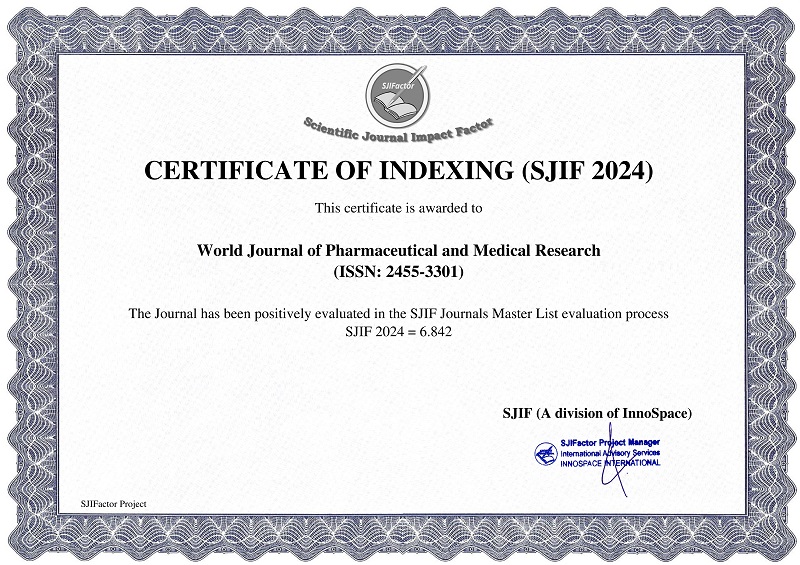IS VITAMIN D DEFICIENCY LINKED TO DEPRESSION? INSIGHTS FROM A NATIONALLY REPRESENTATIVE US SAMPLE
Sonia Mehta, MD, Nikhila Chelikam, MD, MSCR*, Shreya Shambhavi, MD, Farhat Majeed, MDa, Pramil Cheriyath, MD, Vinod Nookala, MD
ABSTRACT
Background: Vitamin D deficiency (VDD) has been implicated in neuropsychiatric conditions, including depression, yet its relationship with specific depressive symptoms remains uncertain. This study investigates the association between VDD and individual depressive symptoms in a nationally representative U.S. population. Methods: We performed a retrospective cross-sectional analysis of 10,914 adults from the 2007–2018 NHANES cycles with complete serum 25-hydroxyvitamin D [25(OH)D] and depression screener (DPQ) data derived from the PHQ-9. VDD was defined as serum 25(OH)D <30 ng/mL. Depressive symptoms assessed were little interest, feeling down, low energy, negative self-image, and suicidal ideation. Multivariable logistic regression was conducted adjusting for age, gender, BMI, diabetes, hypertension, triglycerides, and other covariates. Results: VDD was present in 8% of participants and was more common among women, younger adults, and individuals with obesity. Depressive symptoms including little interest (29.9% vs. 24.8%), feeling down (30.4% vs. 24.5%), and low energy (55.0% vs. 48.9%) were significantly more prevalent in the VDD group (p < 0.01). VDD was independently associated with higher odds of any depressive symptom (adjusted odds ratio [aOR] 1.18; 95% CI: 1.02–1.36; p = 0.028). Stronger predictors included female gender (aOR 1.78), age <60 (aOR 1.49), obesity (aOR 1.21), diabetes (aOR 1.32), and hypertension (aOR 1.25). Conclusion: VDD is modestly but significantly associated with specific depressive symptoms, particularly anhedonia and fatigue. While the effect size is smaller than other metabolic and demographic factors, VDD may represent a modifiable target for future preventive mental health strategies.
[Full Text Article] [Download Certificate]



